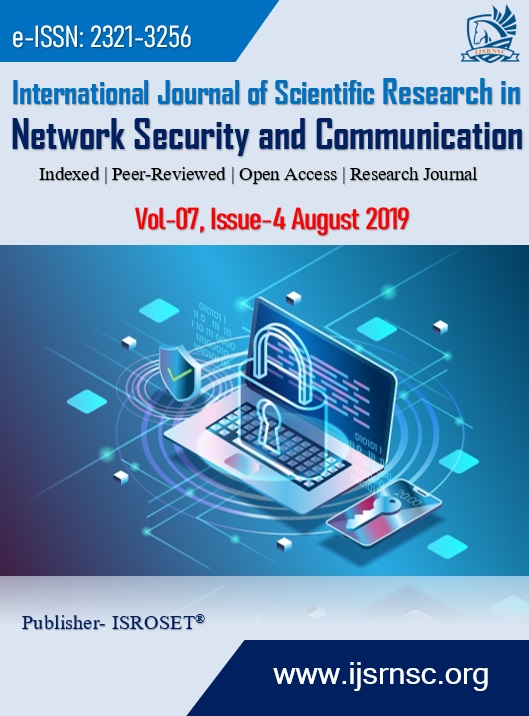Assessment on different tools used for Simulation of routing for Low power and lossy Networks(RPL)
Keywords:
RPL, IPv6, routing protocol, Internet of Things (IoT), low-power and lossyinetworks (LLN), CoojaAbstract
RPL is the iIPv6 routing protocol for low-power and lossy networks, standardized by IETF in i2012 as iRFC6550. specifically, RPL is designed to be a simple and inter-operable networking protocol for resource-constrained devices in industrial, home, and urban environments intended to support the division of the internet of things with thousands of devices interconnected through multihop mesh networks. More than four years have passed science the standardization of RPL, and we believe that it iis time to examine and understand its current state. In this paper, we review the history of research efforts in RPL; what aspects have been (and have not been) iinves-litigated and evaluated, how they have been studied, what was (and was not) implemented, and what remains for future investigation. We reviewed over i97 [41] iRPL-related academic research papers published by major academic publishers and present a topic-oriented survey for these research efforts. Our survey shows that only 40.2% of the papers evaluate RPL through experiments using implementations ion real embedded devices, ContikiOS and TinyOS are ithe two most popular implementations i(92.3%), and iTelosB was ithe most frequently used hardware platform i(69%) ion testbeds that have average and median size of i49.4 and i30.5 inodes, respectively. furthermore, unfortunately, despite it being approximately four years since its initial standardization, we are yet to see wide adoption of RPL as part of real-world systems and applications. We present our observations on the reasons behind this and suggest directions ion which RPL should evolve.
References
-
Downloads
Published
How to Cite
Issue
Section
License

This work is licensed under a Creative Commons Attribution 4.0 International License.
Authors contributing to this journal agree to publish their articles under the Creative Commons Attribution 4.0 International License, allowing third parties to share their work (copy, distribute, transmit) and to adapt it, under the condition that the authors are given credit and that in the event of reuse or distribution, the terms of this license are made clear.









